Phone: +91-8880009697
Mail: sales@agnaholidays.com
The Jomsom trek is a classic trek which is considered as one of the best trekking in the world according to Modem Maturity (USA) This trek lies in Mustang district and takes you along the Kalagandaki river bed and climbs out of the valley to one of the most holy temples in Nepal. Doing Jomsom trekking you will also do Muktinath trekking, the famous trekking destination in Annapurna Region Muktinath is the well-known Pilgrimage site for Hindu and Buddhist.
The marvelous views of Annapurna, Dhaulagiri, Nilgiri, Himchuli, Machhapuchchhre, and Thorong peak makes your journey rewarding as well as awe-inspiring. On the way you will pass the world’s deepest gorge, Kaligandaki bordered between Annapurna and Dhaulagiri mountains.| Trip duration | 8 Days |
|---|---|
| Grade | Moderate |
| Starts in | Kathmandu |
| Ends in | Kathmandu |
| Accommodation | Hotel and Lodge |
| Transportation | Private Vehicle |
| Maximum Altitude | 3710m |
Meet and assist upon arrival at the Kathmandu international airport and transfer to hotel. Office representative collects 2 copies of Passport size photo and Passport copy to make the trekking permit. Rest of the day at leisure. Overnight stay is at the hotel.
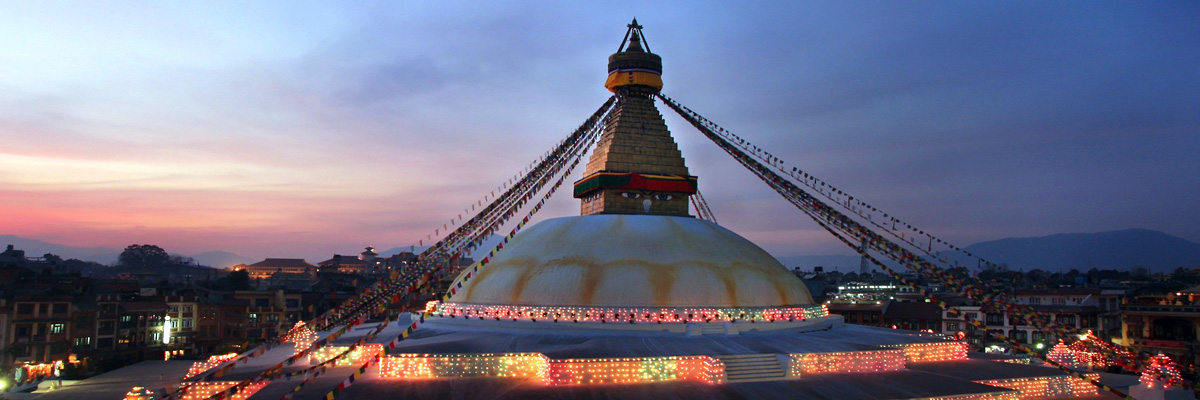
Pashupati nath Bouddhanath stupa Swayambhoo naath, Basantpur Durbar Square.
Pashupatinath: This is Nepal’s most sacred Hindu shrine and one of the subcontinent’s great Shiva sites. The supreme holiness of the site stems from the Shiva linga enshrined in its main temple and its location. It expresses the very essence of Hinduism as pilgrims, priests, devotes, temples, ashrams, images, inscriptions, and cremation ghats intermingle with the rituals of daily life, all sprawled along the banks of the sacred Bagmati River. The temple’s origins are obscure, an inscription dates from 477, but a shrine may have stood here for 1000 years before that.
Boudhanath: This great stupa is one of Nepal’s most distinctive monuments and one of the most important Buddhist sites in Nepal and, with a diameter of over 100 meters, amongst the largest in the world. There are a number of legends accounting for the stupa’s construction, but it is generally believed to date from the 5th century. All stupas contain holy relics and Boudha is said to contain the remains of the past Buddha Kasyapa.
Bouddha is a particular focus for Kathmandu’s Tibetan community and throughout the day there is a constant stream of people circling the stupa spinning prayer wheels and reciting mantras. Surrounding the stupas are six major monasteries and a host of smaller ones as well as cafes, restaurants, and shops selling Tibetan carpets and Newari silversmiths.
Swayambhunath: The most ancient and enigmatic of the Valley’s holy shrines the golden-spired stupa of Swayambhunath tops a wooded hillock. Records of its history date as far as the 5th century, but its origins are believed to be older. It is the Kathmandu Valley’s most sacred Buddhist shrine and whilst its worshippers include the Vajrayana Buddhists of northern Nepal and Tibet, Newari Buddhists are the most fervent devotees.
Kathmandu Durbar Square: Kathmandu’s number one tourist attraction swarms with life. Though a few of the square’s 50-plus monuments date from the 12th century, most are from the time of the Malla Kings. Probably the most famous building here is the KumariBahal, a building richly decorated with beautiful woodcarvings, which is home to the Royal Kumari, the Living Goddess, a manifestation of the great goddess Durga. Nearby the former Royal Palace is a Mall Dynasty dwelling, once considerably more extensive than today. Within, the courtyard Nassal Chowk, originally hosted dramatic dance performances, now it is the coronation site of the Shah kings and contains some of the finest wood carvings you will see anywhere in the kingdom.
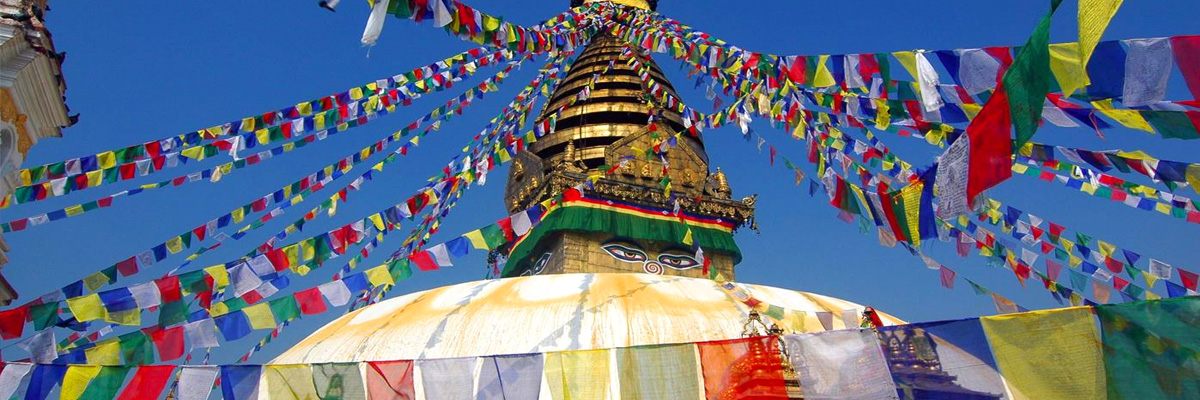
Breakfast at Hotel. We drive to Pokhara about 6-7 hours. While driving to Pokhara, you can enjoy the fantastic views of shimmering mountain ranges and spectacular landscapes.
Pokhara is a place of remarkable natural beauty. The enchanting city has several beautiful lakes and offers stunning panoramic views of Himalayan peaks. The serenity of the lakes and the magnificence of the Himalaya rising behind them create the ambiance that has made Pokhara such a popular place to relax and enjoy the beauty of nature. Tourism focuses on the districts of Damside and Lakeside (or Pardi and Baidam, in Nepali, respectively).
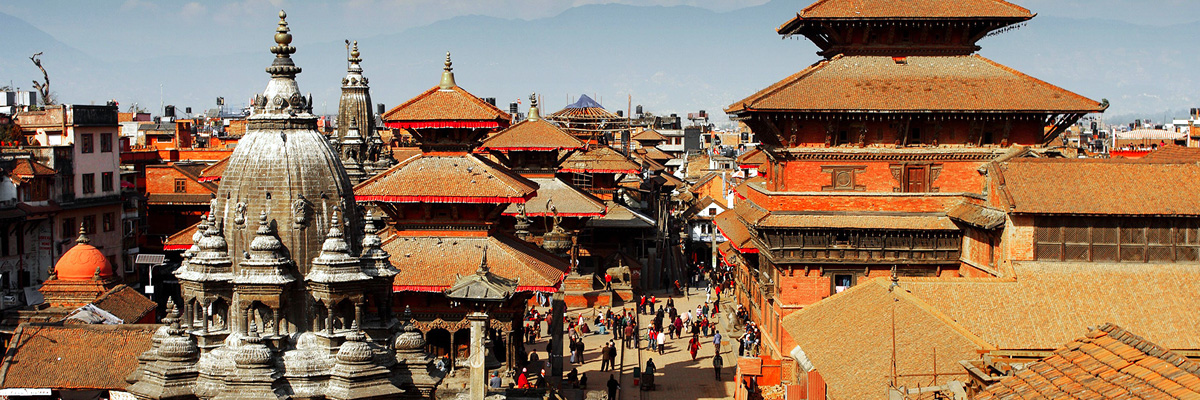
After breakfast is a drive to Jomsom by 4wd jeep via Beni, Tatopani, Lete, Marpha, Tukuche.
The road of Jomsom Muktinath 4wd tour, leading with few hours of scenic drive to Nayapul and then too busy town of Beni, from here starting the real adventure with an overland journey on the old Trans Himalayan Salt Trade Route to Tibet, the drive follows the Kaligandaki river most of the way passing through nice traditional Gurung, Magar,Thakali village of Tatopani,Ghasa and Kalopani with views of waterfalls close by and of stunning views of Annapurna and Dhaulagiri range of mountains forming the world deepest gorge of Kaligandakiriver,after Kalopani and Lete village leaving the thickly forested area for windswept, barren river valley of Kali Gandaki reaching at famous and charming Thakalivillages of Tukuche, Kobang, Marpha and to Jomsom for overnights top after a great driving adventure with awesome scenery along the drive.
Lunch at a wayside local restaurant. Upon arrival Jomsom transfer to Hotel.
North of the Mighty Himalaya slies Jomsom, amirageon the stark Tibetan plateaus,at2713meters, is the capital and administrative headquarters for Mustang district, which stretches south from the Tibetan border to Ghasaa along the Kali Gandaki river. The river cuts a dee bridge as it flows between Mt. Dhaulagiri and Annapurna, creating the deepest gorge in the world. This island of mystique-where the rugged mountain peaks, like the Annapurna, Nilgiri, and Dhaulagiri, gaze down in their awesome splendor at weathered landscapes which contrast with deep river ravines over noisy riverbeds. Life in Jomsomisa mixture of hard work, social frivolity tempered by culture founded on deep religious traditions. Such close proximity to some of the world's highest peaks is destination grain sense of awe about the natural and supernatural. Jomsom is the perfect base from which to make short treks to Kagbeni, Muktinath, and Martha and also longer treks to the forbidden city of Lo Manthang and of course the popular trek around the Annapurna region.
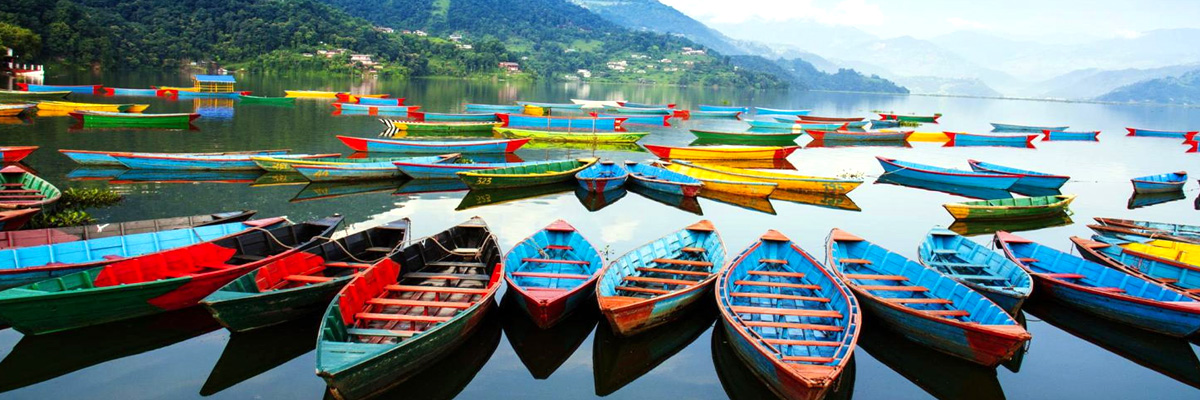
Early morning drive to Muktinath for Darshan at Muktinath temple.
Muktinath Temples and religious shrines are the major attractions of this holy place. Pilgrims flock to the Buddhist gompa and pagoda-style temple of Lord Vishnu. Muktinath is an important pilgrimage site for both Hindus and Buddhists.
Transfer to Pokhara by private Jeep.
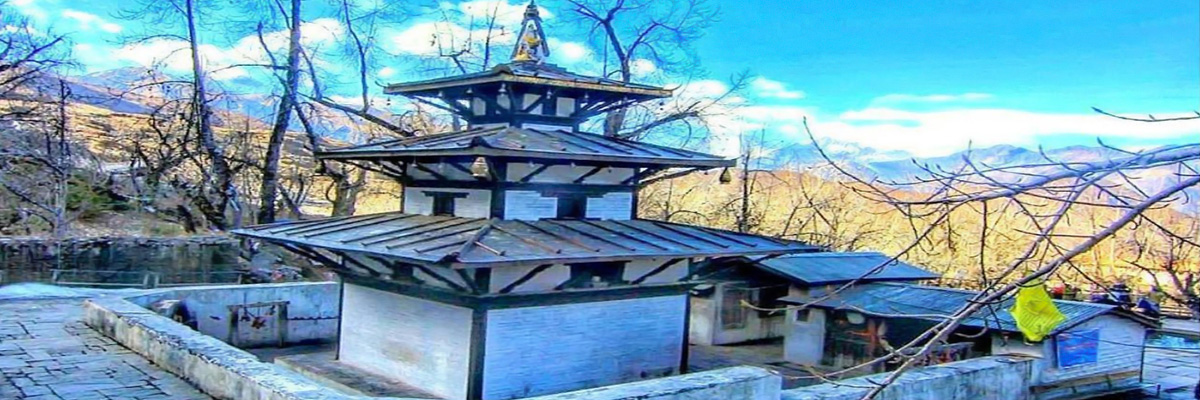
Bindabasini Temple Davis Fall Gupteshwor Mahadev Fewa Lake Tal Barahi Seti River Gorge, overnight at hotel
Tal Barahi Temple: Barahi Temple, also known as Lake Temple or The Barahi Temple is a two-story pagoda temple located in the Kaski(Pokhara) district of the Gandaki Zone in western Nepal. Barahi Temple is a Hindu temple of the Goddess Durga, the protector of gods
Bindabasini Temple: Bindabasini temple or Bindhyabasini Mandir is of great religious importance to Hindus living in the Pokhara region. It is a vital hub of religious fervor. The temple itself is dedicated to the Hindu goddess Durga, who is Pokhara's chosen guardian deity. Durga, also known as Shakti or Kali has numerous manifestations and at the Bindabasini temple, she is seen as Bhagwati, a blood-thirsty aspect of the goddess. Durga appears in the form of a Saligram. A Saligram, according to Hindu mythology is an propitious stone. It is said that the temple was created after the goddess ordered king Khadag Bum Malla to set up her statue here. The Bindabasini temple was then founded in BS 1845. Since its establishment, Bhagwati has been an object of worship here on a daily basis. Animal sacrifices are typically presented at the temple on Saturdays and Tuesdays. The Hindu festival of Dashain sees large numbers of believers coming to offer sacrifices at Binhyabasini Mandir. Indeed, there is little space for tourist during the festival of Dashain.
Gupteshore Cave:
Gupteshwar Cave is a sacred tourist destination. Gupteshore Cave is around two kilometers away from Pokhara Airport. A symbolic Shivalinga is preserved in the cave. The cave was divided into two sections. One part of the cave is 40 meters in length with natural caves and the Shivalinga. The entrance is 2 meters high and 3 meters wide. The cave begins with few hall rooms which have many passages. Some of the passages are so small that one needs to crawl. To reach the shrine a thousand stairs have to be climbed. The Shivalinga inside the cave is said to be in the same condition since it was explored. This shrine is said to have certain healing powers. Hence many people visit it once in a year to be healed. The second part begins after this temple. It leads to the Davis Fall. Inside the cave, photography is not allowed.
Devis Fall:
On 31st July 1961 A.D. in the afternoon a sudden flood from Fewa Lake swept away a Swiss citizen Mrs. Devis who was having a bath with her husband beside it. She was flowed and dead.
She was recovered after a long attempt since then. It has been taken its name “Devi’s Fall”
Length: 500 meters of underground water flow.
Depth: 100 Feet’s.
More attractive month: June, July, August and September.
Most people pronounce Devi's fall as Davis Fall. Locally known as Patale Chhango.
Seti Gorge:
The roaring Seti River passes right through Pokhara, but you won’t see it unless you go looking. The river has carved a deep, narrow chasm through the middle of town, turning the water milky white in the process. The best place to catch a glimpse of the Seti River is the park just north of Old Pokhara near the Gurkha Museum.
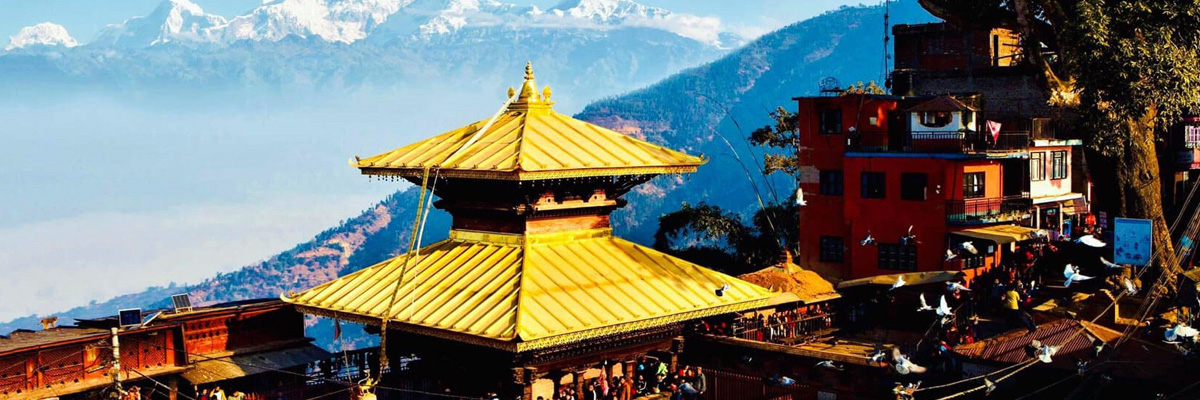
Breakfast at Hotel. Transfer to Kathmandu. En-route visit Manakamana Temple.
The Manakamana Temple: situated in the Gorkha district of Nepal is the sacred place of the Hindu Goddess Bhagwati, an incarnation of Parvati. The name Manakamana originates from two words, “mana” meaning heart and “kamana” meaning wish. Venerated since the 17th century, it is believed that Goddess Manakamana grants the wishes of all those who make the pilgrimage to her shrine to worship her.

In time transfer to Kathmandu International airport to board your flight for onward journey.
“Tour Concludes Here”